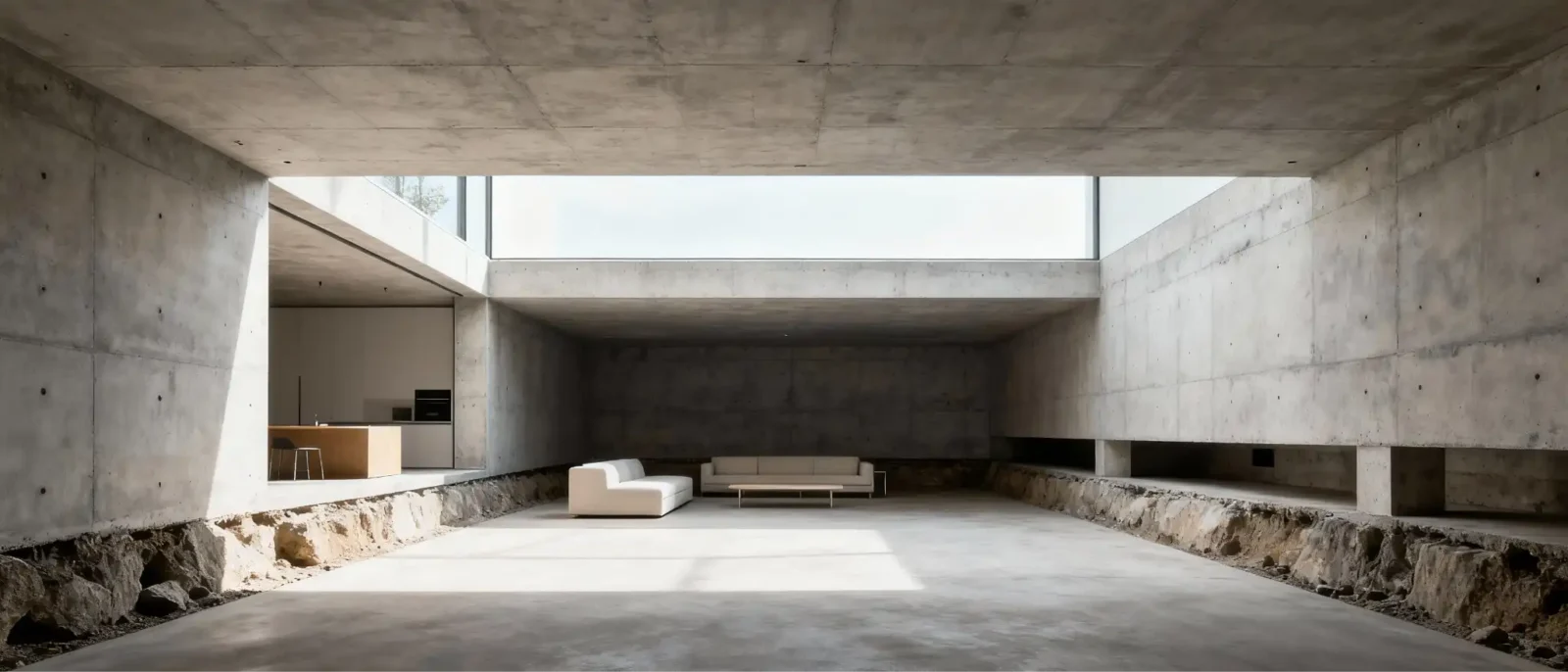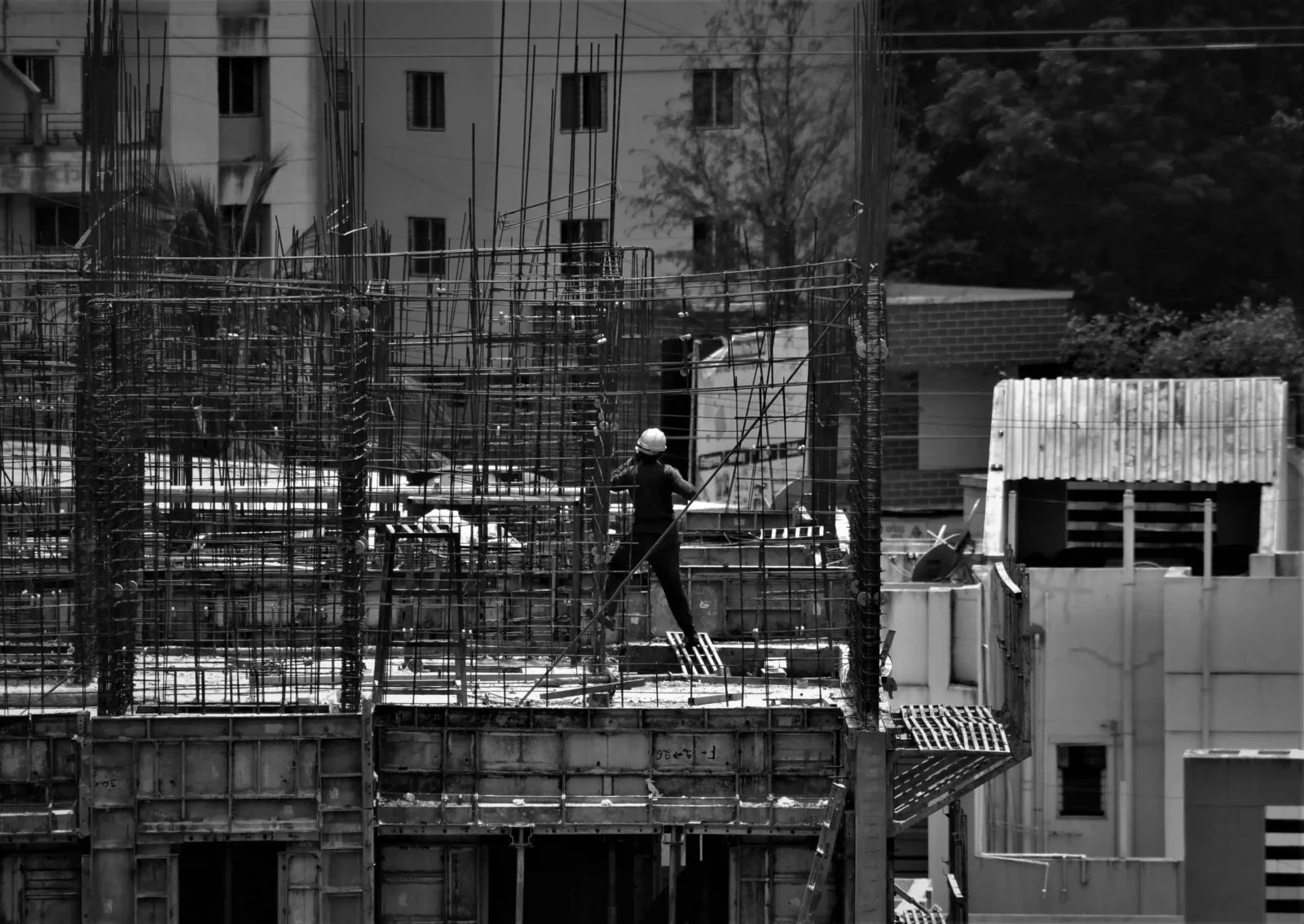- Home
- Articles
- Architectural Portfolio
- Architectral Presentation
- Inspirational Stories
- Architecture News
- Visualization
- BIM Industry
- Facade Design
- Parametric Design
- Career
- Landscape Architecture
- Construction
- Artificial Intelligence
- Sketching
- Design Softwares
- Diagrams
- Writing
- Architectural Tips
- Sustainability
- Courses
- Concept
- Technology
- History & Heritage
- Future of Architecture
- Guides & How-To
- Projects
- Interior Design
- Competitions
- Jobs
- Store
- Tools
- More
- Home
- Articles
- Architectural Portfolio
- Architectral Presentation
- Inspirational Stories
- Architecture News
- Visualization
- BIM Industry
- Facade Design
- Parametric Design
- Career
- Landscape Architecture
- Construction
- Artificial Intelligence
- Sketching
- Design Softwares
- Diagrams
- Writing
- Architectural Tips
- Sustainability
- Courses
- Concept
- Technology
- History & Heritage
- Future of Architecture
- Guides & How-To
- Projects
- Interior Design
- Competitions
- Jobs
- Store
- Tools
- More
How to Tell If Your Storm Drain Is Clogged (And What to Do About It)

You don’t think about your storm drain until your front yard turns into a kiddie pool.
It usually starts slow: water pooling near the driveway, that weird smell in the yard, or your street looking like Venice after a light rain.
But here’s the deal—a clogged storm drain isn’t just annoying. It can wreck your landscaping, flood your basement, and even damage your foundation.
So how do you know if it’s clogged? And what can you do before things go sideways?
Let’s break it down.
Table of Contents
ToggleThe Not-So-Obvious Signs Your Storm Drain Is Clogged
It’s not always about visible flooding. Some of the red flags are more subtle:
- Standing Water That Sticks Around: If puddles aren’t drying up hours after the rain stops, that’s a hint.
- Weird Gurgling Sounds: If your drain makes noises like it’s haunted, it’s probably clogged.
- Bad Smells: A foul odor near your drain usually means trapped debris or organic gunk.
- Overflowing Gutters: This could be from backed-up water with nowhere to go.
- Grass or Debris Over the Grate: Sometimes, the clog starts right at the surface.
If you spot one or more of these signs, you might be dealing with a partial or full blockage.
And yeah, DIY solutions can help a bit, but for serious issues, you’ll want to check out professional Storm Drain Cleaning Services. Especially if you want it handled without a mess.
What Causes a Storm Drain to Clog in the First Place?
Usually, it’s a mix of nature and neglect. Here’s the usual lineup:
- Leaves and Yard Waste
- Trash and Litter
- Sediment and Dirt
- Construction Debris
- Grease or Oil Runoff
Basically, anything that flows into the drain and doesn’t belong there is a potential clogger. Over time, these things stack up like Jenga blocks and choke the flow.
Can You Unclog It Yourself?
Sometimes. If it’s just surface-level gunk, a rake and gloves might do the trick.
Try this:
- Clear visible debris from the top of the drain grate
- Use a hose with pressure to flush shallow blockages
- Pour boiling water if grease might be the issue
But heads up—don’t go poking around too deep. That can actually push debris further down and make things worse.
If water isn’t flowing freely after your cleanup, it’s best to call in the pros.

What Happens If You Ignore It?
Short answer: bad stuff.
Long answer:
- Flooding: Water has to go somewhere. If not the drain, then probably your house.
- Damage to Property: Water pooling around your home can erode foundations, kill your lawn, and ruin walkways.
- Mold & Mildew: Excess moisture leads to fun stuff like mold in your basement or crawl space.
- Mosquitos: Stagnant water = mosquito party central.
Letting it slide now could cost you way more later.
How Often Should Storm Drains Be Cleaned?
At least once a year, but it really depends on your area.
If you live near lots of trees or a high-traffic street, twice a year might be smarter. And after a big storm? Definitely give it a check.
Storm drains aren’t set-it-and-forget-it. Keep an eye out.
Final Thoughts: Don’t Sleep on Drain Checks
Storm drains aren’t the sexiest part of home maintenance, but they’re low-key MVPs when the skies open up.
If something feels off, trust your gut. A small clog today can be a flood next week.
So stay ahead of it, and when in doubt, let the pros handle the dirty work.
Your yard, your foundation, and your weekend plans will thank you.
illustrarch is your daily dose of architecture. Leading community designed for all lovers of illustration and #drawing.
Submit your architectural projects
Follow these steps for submission your project. Submission FormLatest Posts
The Vertical Revolution: How Basement Underpinning Creates Architectural Gold from Forgotten Spaces
Think about the last time you walked into a room with soaring...
Best Tools for Tracking Construction Labor Hours
Quick View of the Products Listed Best Overall: Workyard – Complete construction...
More Than a Gate: Designing a Secure and Stylish Home Entryway
A property’s entrance tells a story before a single guest steps inside....
Employer Liability and Smartphones: When Work Texts Cause Crashes
In today’s connected world, it’s nearly impossible to separate work from daily...












Leave a comment